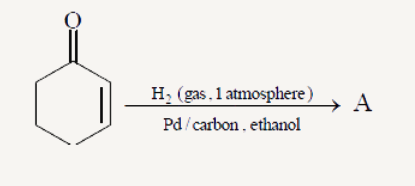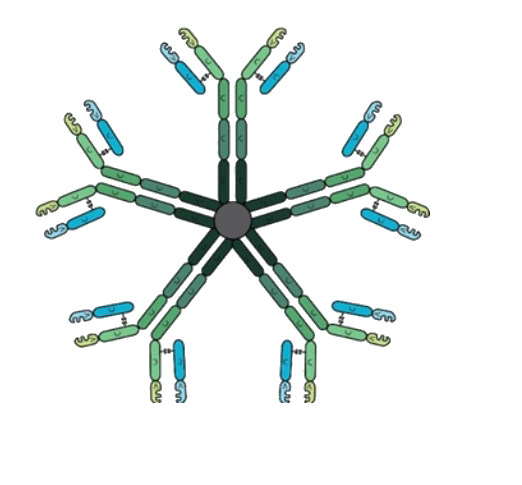The correct option representing the structures forming phellogen , phellem and phelloderm is
Phellogen : Cork cambium , Phellem, Secondary cortex and Phelloderm : Cork Secondary cortex and phelloderm : Cork
Phellogen : Cork cambium , Phellem: Cork and Phelloderm : Secondary cortex
Phellogen : Cork , Phellem: Secondary cortex and Phelloderm : Cork cambium
Phellogen : Secondary cortex , Phellem : Cork and Phellderm : cork cambium
The correct Answer is:B
To solve the question regarding the structures forming phellogen, phellem, and phelloderm, we need to understand the definitions and relationships of these terms in plant anatomy.
1. Identify the Terms:
- Phellogen: This is the cork cambium, a layer of meristematic tissue that produces cork (phellem) on the outside and phelloderm on the inside.
- Phellem: This is the cork, which is produced by the phellogen and forms the outer protective layer of the plant.
- Phelloderm: This is the tissue produced by the phellogen on the inner side, which is usually living parenchyma cells.
2. Analyze the Options:
- Option A: Phellogen is formed by cork cambium, phellem by secondary cortex, and phelloderm by cork. This is incorrect because phellem is not formed by secondary cortex.
- Option B: Phellogen is cork cambium, phellem is cork, and phelloderm is formed by secondary cortex. This is correct as it accurately describes the relationships.
- Option C: Phellogen is cork, phellem is secondary cortex. This is incorrect because phellogen is not cork.
- Option D: Phellogen is formed by secondary cortex, and both phellem and phelloderm by cork cambium. This is incorrect as phellogen is not formed by secondary cortex.
3. Conclusion:
Based on the analysis, the correct option is Option B: Phellogen is formed by cork cambium, phellem is cork, and phelloderm is formed by secondary cortex.
- Phellogen: This is the cork cambium, a layer of meristematic tissue that produces cork (phellem) on the outside and phelloderm on the inside.
- Phellem: This is the cork, which is produced by the phellogen and forms the outer protective layer of the plant.
- Phelloderm: This is the tissue produced by the phellogen on the inner side, which is usually living parenchyma cells.
- Option A: Phellogen is formed by cork cambium, phellem by secondary cortex, and phelloderm by cork. This is incorrect because phellem is not formed by secondary cortex.
- Option B: Phellogen is cork cambium, phellem is cork, and phelloderm is formed by secondary cortex. This is correct as it accurately describes the relationships.
- Option C: Phellogen is cork, phellem is secondary cortex. This is incorrect because phellogen is not cork.
- Option D: Phellogen is formed by secondary cortex, and both phellem and phelloderm by cork cambium. This is incorrect as phellogen is not formed by secondary cortex.
Based on the analysis, the correct option is Option B: Phellogen is formed by cork cambium, phellem is cork, and phelloderm is formed by secondary cortex.
Similar Questions
Knowledge Check
Select the correct option representing the excretory organs present in (i) earthworm, (ii) centipede, (iii) prawn, and (iv) flatworm.
A(i)(ii)(iii)(iv)Malpighian tubulesFlame cellNephridiaGreen glandsB(i)(ii)(iii)(iv)Flame cellGreen glandMalpighian tubulesNephridiaC(i)(ii)(iii)(iv)NephridiaMalpighian tubulesGreen glandFlame cellD(i)(ii)(iii)(iv)Green glandNephridiaFlame cellMalpighian
Choose correct option w.r.t. following structures

View SolutionThe structures represent

View SolutionDifferentiate between Phellem and phelloderm
View SolutionMark the correct option w.r.t. analogous structures.
View SolutionThe structures A and B represent :

View SolutionDifferentiate between the following
Phellem and phelloderm
View SolutionThe correct structure of the product A formed in the reaction

is
View Solution

